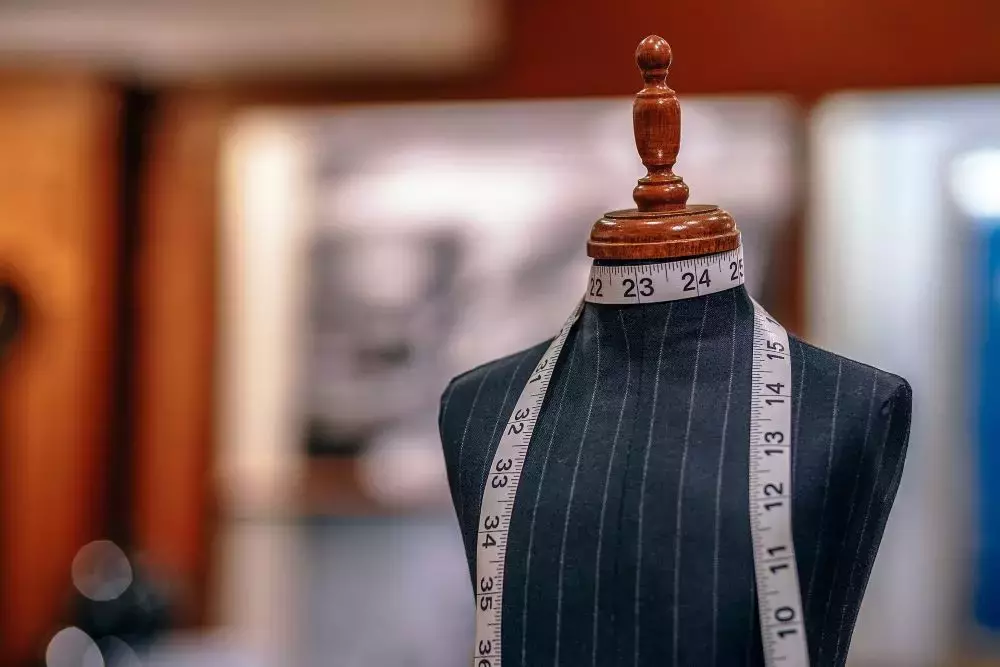How to Make Garments That Actually Fit
2020-06-22
When you’re making garments at home, the goal is to create something that looks professional. Now you can achieve a professional look by finishing your seams properly and creating flattering shapes. However, to make truly stunning garments, you’ll achieve something that even off-the-rack clothes can’t deliver—a genuinely good fit.
You’ve probably picked up that legendary pair of Levi Jeans only to find that they’re two-inches too long, or everything fits except the waist. When you’re working at home with sewing machines and complete control over your garment, you can make something that fits your body well.
Adjust Your Seam Allowance
What most professional garment makers do is take all their seam allowances to 1-inch, regardless of what the pattern requires—adding that 3/8-inch allows you to adjust as you go through that garment. Make sure that you carefully take your measurements and then fit and adjust seams as necessary at different points in the project.
Typically, you’ll want to adjust multiple seams as you work through the bodice, sleeves, and shoulders.
Fit the Bodice to Your Frame
When most people complain that something doesn’t “fit,” they’re usually referring to the bodice. If you look at the bodice from the front and the patterns, there’s no way that these patterns can accommodate for bust fit, shoulder width, or torso length. You’ll need to use the pattern as a guide, but not as a strict set of instructions.
Consider the shoulder seam and neckline carefully. If too large, the shoulder seam will cause the bust to apex in an uncomfortable and visually displeasing manner. But, if it’s too tight, then the neckline and bust will be far too tight. Using princess seams can make adjustments easy but ensure that you make adjustments as you go through the sewing process.
The neckline might be something you need to entirely redraft from the pattern, depending on your shoulder width and bust. Adding extra to your seam allowance will give you a license to raise the neckline later if necessary. Alternatively, you can opt to deepen the curve of a neckline through the center for a more forgiving neckline.
Give Your Shoulders Princess Seams
Many luxury brands use princess seams, so there is a lot of leeways when it comes to taking in or letting out the garment. Instead of using a 5/8-inch seam, you would use a 3/8-inch seam, which can allow for easy adjustments throughout the fitting, and afterward.
This is particularly important through the shoulders because it can accommodate bust measurements as well as the fit through the back and shoulders of the garment. The shoulder seams, when opting for princess seams, also permit the sewer to taper the seam's width within the front and back for easier sleeve insertion.
Focus on Putting the Zipper in the Center of the Back
How and where you put in your zipper will determine the fit through not only the bodice but the neckline. It really seems like the back only impacts the fit throughout the back of the dress or shirt. That’s not the case. If you’re putting a zipper into the back, then you need to create a center back seam carefully.
To accomplish a center back seam for your zipper, you’ll want to adjust your seam allowance. The seam allowance should taper away from a tighter seam allowance near the neckline to a standard seam allowance near the waist. The best option is to leave the zipper installation until last and baste it into place.
Keep in mind that the zipper’s visual presence doesn’t have to be covered by a tight seam all the way through. You can still mask the zipper while accommodating this new approach of basting in the zipper.
Don’t Be Afraid of Lowering or Raising the Waist Seam
The patterns that you find online or pick up at the store are not the end-all-be-all for the sewers involved. In fact, by breaking the rules, you can build your skills as a designer and seamstress. When it comes to the waist, it might seem like something that you measure once and then forget. However, most patterns are made for women between 5’5” or 5’7,” and that’s good for them. But, there is no standard “waist” height for women. Instead, make many adjustments as you sew for this particular seam.
Take your body shape and leg length into consideration as you raise or lower the waist seam. Ideally, your waist seam will sit horizontally to the floor, and when viewed from the side should be completely straight. As you take on new garment projects, consider brushing up on the basics of sewing, and developing how to finish seams to craft a gorgeous garment professionally.
Also, be sure to check out all that GoldStar Tool has to offer. We have the tools and accessories you need to complete any project you can think of creating!





